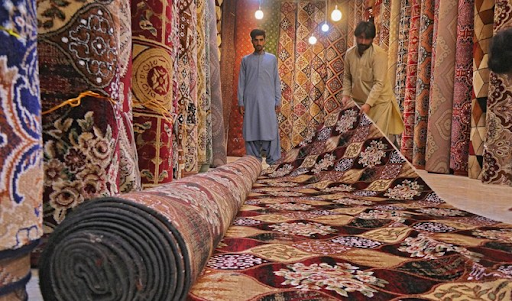Knot density in carpet is one of the most important things to understand when buying a hand-knotted carpet. It refers to how many knots are tied in a single square inch (or sometimes square decimeter) of the rug. More knots mean more detail, smoother designs, and usually higher quality. For example, a carpet with 400 knots per square inch will look sharper and feel denser than one with 100. In regions like Iran and Pakistan, skilled weavers often create carpets with 200–600 knots per inch, depending on the design and material used.
Higher knot density allows for more detailed patterns, like fine floral curves, medallions, or even calligraphy. But it also means more time and labor some rugs take over a year to complete just because of their high knot count. That’s why knot density affects the price, beauty, and durability of the rug. A well-made carpet with good knot density doesn’t just look nice; it lasts longer and keeps its shape over time. A 324 KPSI rug made in Lahore in 2021, for example, still looks new after years of daily use.

